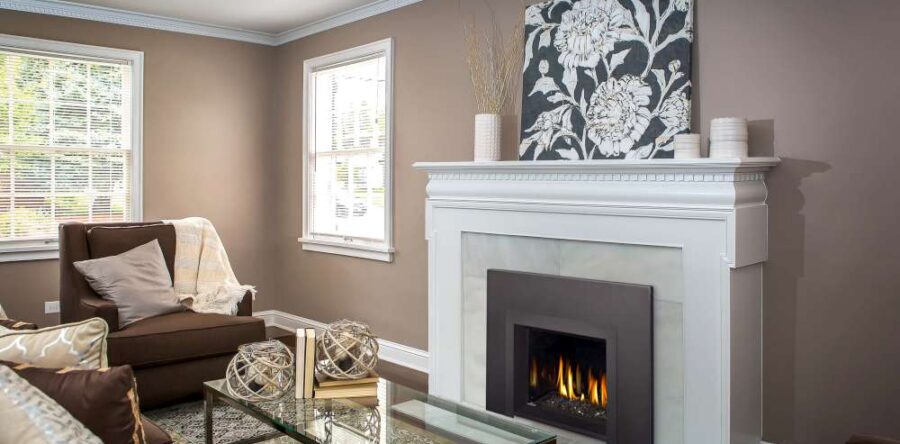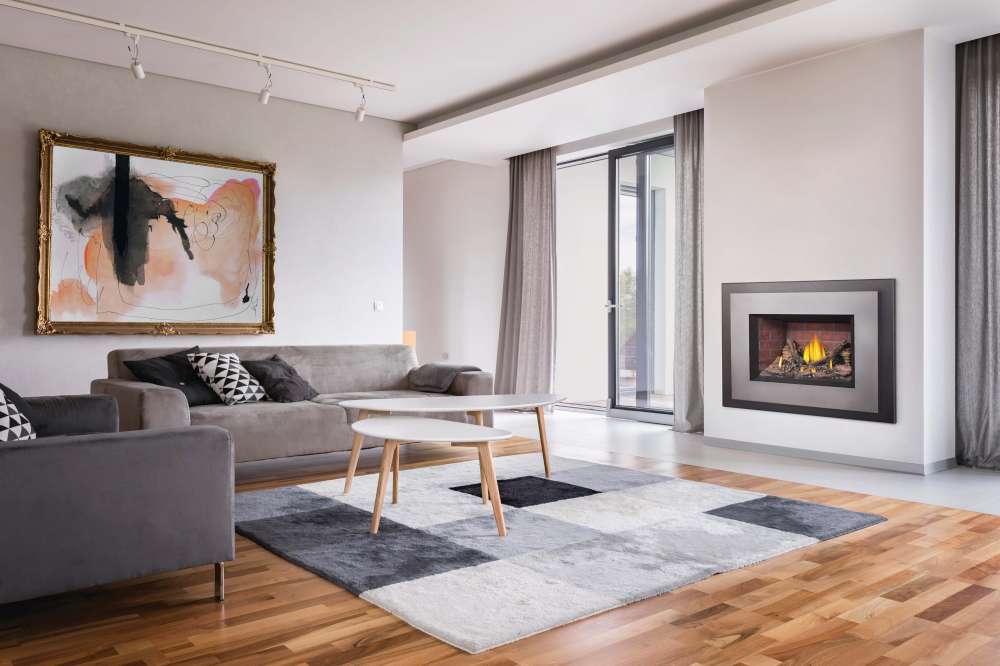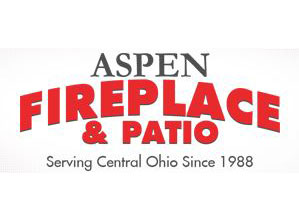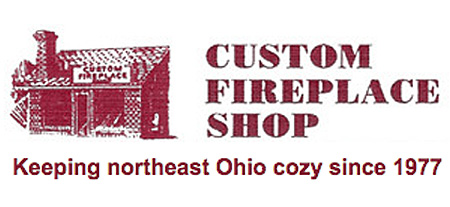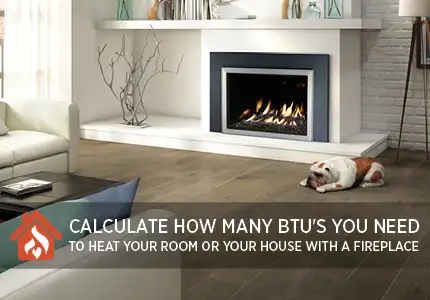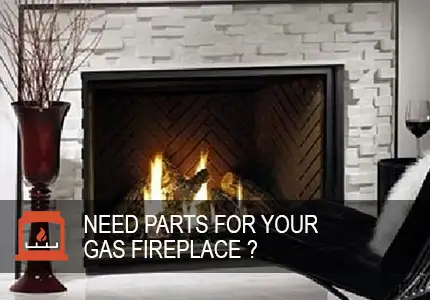The quick and easy answer to this question: with a simple click of the remote control! All kidding aside, there are several items you should be aware of if you are planning to install a gas fireplace insert. And, even if you already have a gas insert installed, there are safety, performance and maintenance issues to follow. Please take a few minutes and finish reading this article.
DEFINITION:
An indoor gas fireplace insert is a fireplace that has been designed to slide into (inserted) an existing wood burning fireplace. These modern fireplaces add warmth and beauty to the home, without the maintenance and drawbacks of burning wood. A wide range of fireplace options and styles are available, from modern natural gas fireplace inserts with natural stone or glass to traditional log set liquid propane inserts.
A zero clearance (ZC) fireplace has an insulated housing around the firebox that allows it to be installed into a frame wall. A gas insert is not a zero clearance fireplace and therefore cannot be framed into a wall because it does not have a protective, insulated cabinet around the firebox. An insert relies on the integrity of the wood burning fireplace to protect any combustibles from overheating.
EVALUATION:
Before we discuss how a gas insert works, we need to determine if one can safely be installed in your existing masonry fireplace. The critical dimensions of the existing wood burning fireplace to determine the size of gas insert that will fit are as follows:
| Front Height: | __________ | Front Width: | __________ | |
| Rear Height: | __________ | Rear Width: | __________ | |
| Depth: | __________ | Mantel Depth: | __________ | |
| Hearth Depth & Width: | __________ | Mantel Height Above Fireplace Opening: | __________ |
In addition to these dimensions, the chimney cannot be blocked with any debris. It should be cleaned before an installation. An electric and gas supply line will need to be installed into the existing wood fireplace and must not interfere with the gas insert as it’s slid into position.
INSTALLATION OF AN INSERT:
A gas fireplace installation can be set up to burn either natural gas (NG) or liquid propane gas (LP). Most come ready to burn NG, but an LPG conversion kit can easily be installed by a qualified technician. Physically getting an electric line and the gas supply inside the fireplace can occasionally be a challenge. But by getting both into the firebox, no electric or gas lines are visible on the hearth. It makes for a much cleaner and more professional finished look.
Gas fireplace inserts will operate without power and provide radiant heat. However, an electric line is necessary to power the fan. The fan operates on a heat sensitive switch that comes on and shuts off, automatically. A rheostat allows the speed of the fan to be adjusted to several levels.
Compared to an electric fireplace, gas fireplace inserts aren’t vent-free and must be equipped with a venting system since they use a sealed combustion process that brings outside air into the firebox for combustion purposes. Two aluminum liners, either 3” or 4” flexible pipes, are installed up the existing chimney. One brings in combustion air. The other expels the by-products of combustion to the outside. The damper will need to be removed or permanently wired open so it will not damage the liners.
Sometimes an old chimney is taken down below the roofline. In these cases, adaptors are used to convert the two-pipe-liner system to a one-pipe, co-axial system. This coax pipe is installed through the roof and then flashed and vertically terminated. Most gas fireplace inserts are required to terminate vertically. [Link to: Can I Convert From Wood To Gas?]
The installer will use an electronic gas detector to check all gas connections and a manometer to ensure the gas pressure is set correctly. The installer will also test burn the insert and make sure that the air-to-fuel adjustments are set correctly and the flame pattern burns true.
The final step in a gas insert installation is installing some sort of decorative surround panels. The purpose of the surround is to hide the remaining space on either side and the top of the insert. Your WE LOVE FIRE dealer always tries to maximize the size of the insert, so the viewing area of the fire is as large as possible. By doing this, the surround panels can be as small as possible.
OPERATION:
Now that the insert has been installed, how is it turned on and off? How can I adjust the variable flame? How is the fan speed or heat regulated? Is it going to be too warm after several hours of continuous use? Back to the first comment in this article: It can all be controlled with a click of the remote! Most people are aware of the convenience of gas, so it stands to reason that a remote control is standard equipment with many gas fireplace inserts today.
There are a few different types of remote controls. There are simple remotes that turn the gas fireplace insert on and off. Some remotes are thermostatically controlled; when the temperature in the room hits a certain temperature, the insert will shut off. And when the thermostat starts calling for heat, the insert will turn on. Other remotes are “full-function” remotes that control all the features on the insert. Remotes are used to control the fan speed, flame height, lighting features and the length of time the insert operates.
If another remote in the house does not appeal to you, some gas inserts still use a wall switch that simply turns the unit on and off. Fan speeds, gas valve adjustments and lighting effects are set manually.
MAINTENANCE:
The owner’s manual is the place to start for the correct operation and maintenance of an indoor fireplace. Exterior painted surfaces, any metal-plated trim pieces and the glass should be cleaned with a soft, non-abrasive cloth and mild non-abrasive cleaner. Be careful there are no fingerprints on the metal trim or glass. The hot temperatures can bake them on permanently. Your WE LOVE FIRE dealer has a special glass cleaner for gas appliances on the shelf.
Replacing batteries is something that’s normally done by a homeowner. An annoying beeping sound will let you know when it’s time.
If bulbs for accent lighting ever burn out, or if any technical adjustments or replacing parts is necessary, this is work that’s best left to your WE LOVE FIRE expert. And this brings up another good point: Ask us about the warranty on the equipment we carry. It’s the best around! [Link to: What Are the Best Inserts?]
